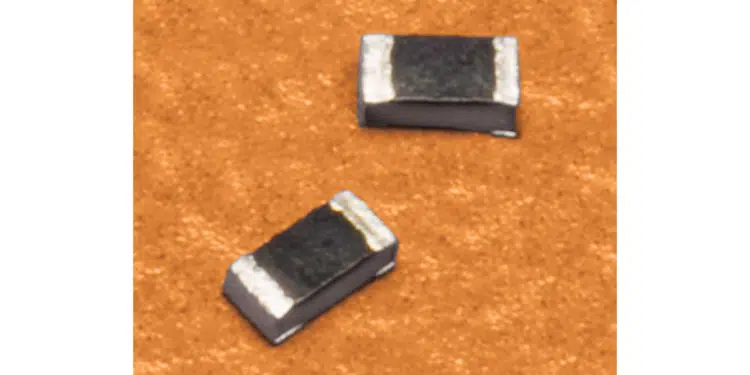KOA Speer Electronics is adding a high power 0402 size to their SG73P series of anti-surge, pulse precision thick film chip resistors.
The SG73P1EW has a power rating of 0.25 watt with a TCR as low as ±100ppm/°C. This represents a 100% increase in power compared to the existing SG73P 0402 package. The SG73P1EW provides greater power and precision in a 0402 package size.
The new SG73P1EW resistors offer a range of resistance values from 1Ω to 10MΩ and an operating temperature range of -55°C ~ +155°C. The pulse power SG73P1EW resistors are available with resistance tolerances of ±0.5%, ±1%, ±2%, and ±5%. The new SG73P1EW resistors are AEC-Q200 qualified.
The increased power capabilities of the SG73P1EW resistors enable engineers to downsize circuits and reduce the number of components required for their design. These anti-surge endured pulse power resistors provide high-precision control of high voltage circuits, making them an excellent choice for ECU use in automotive electronics, ADAS, industrial devices, and power supplies.
Lead time is nine weeks. Samples are available upon request.































